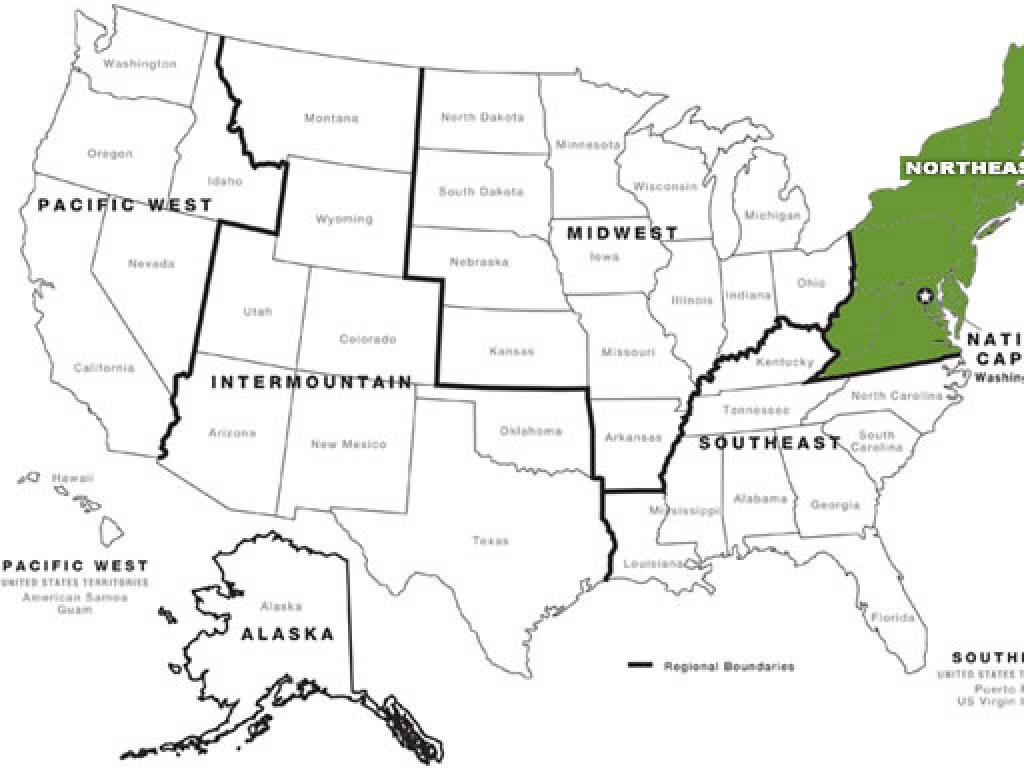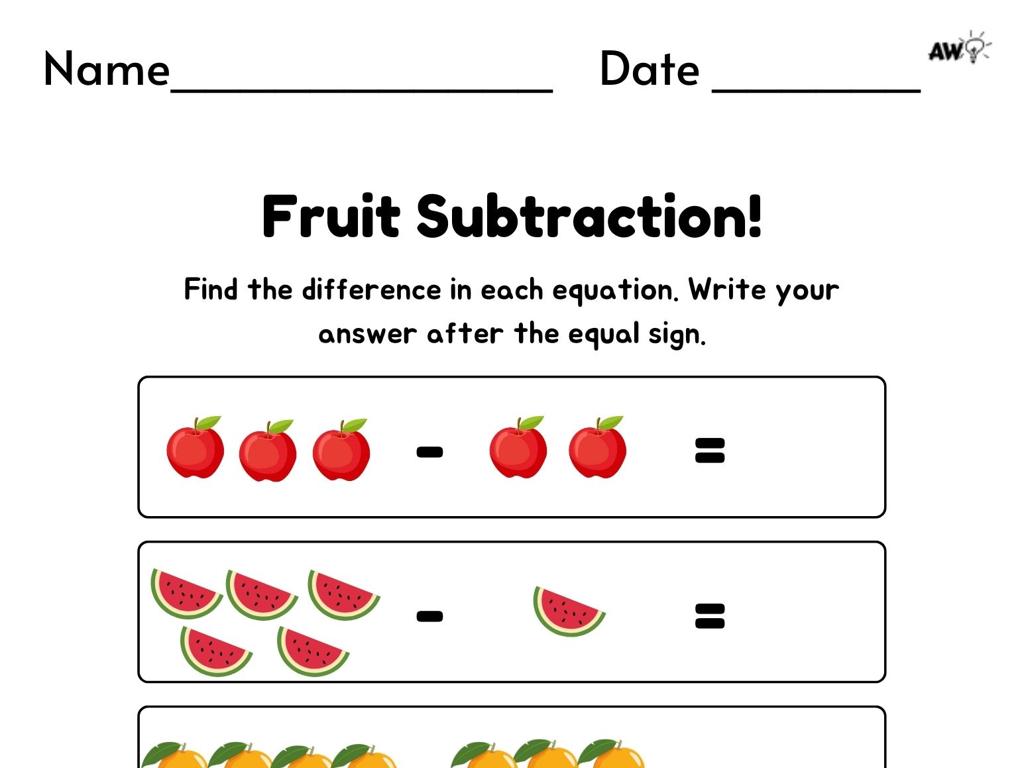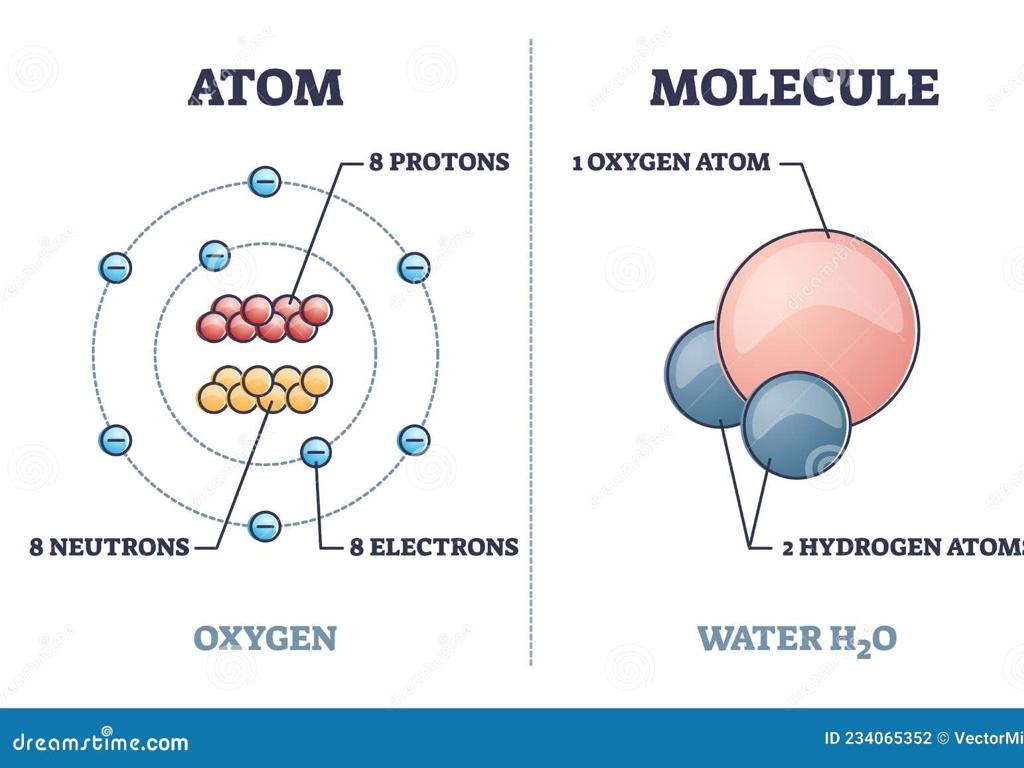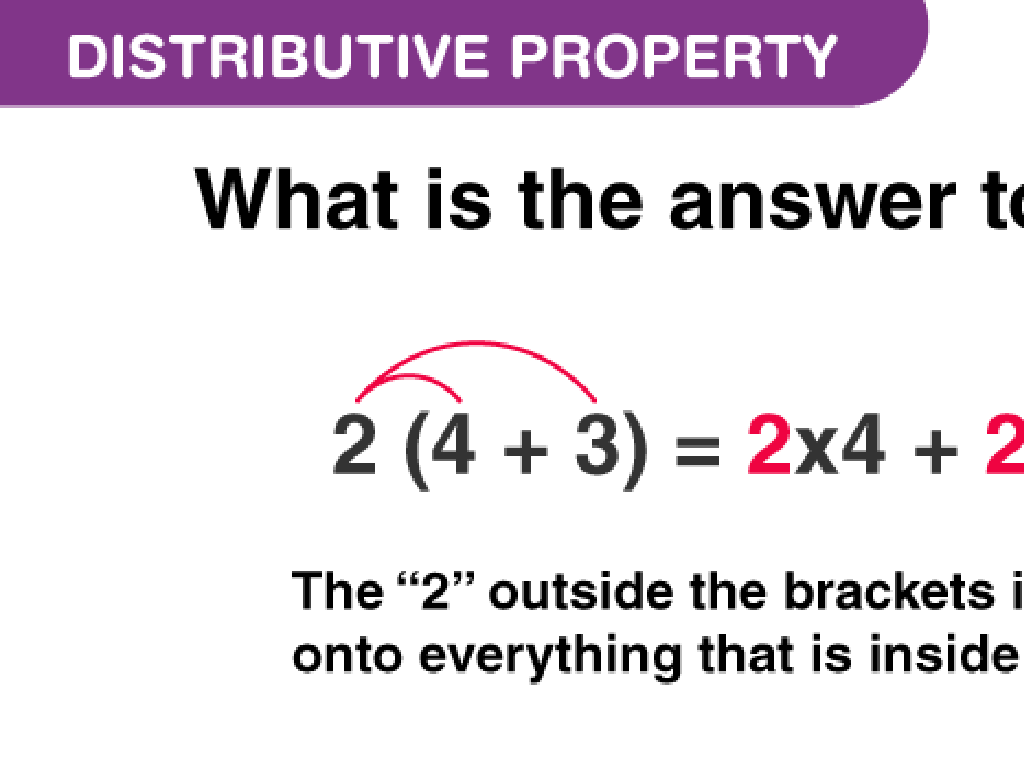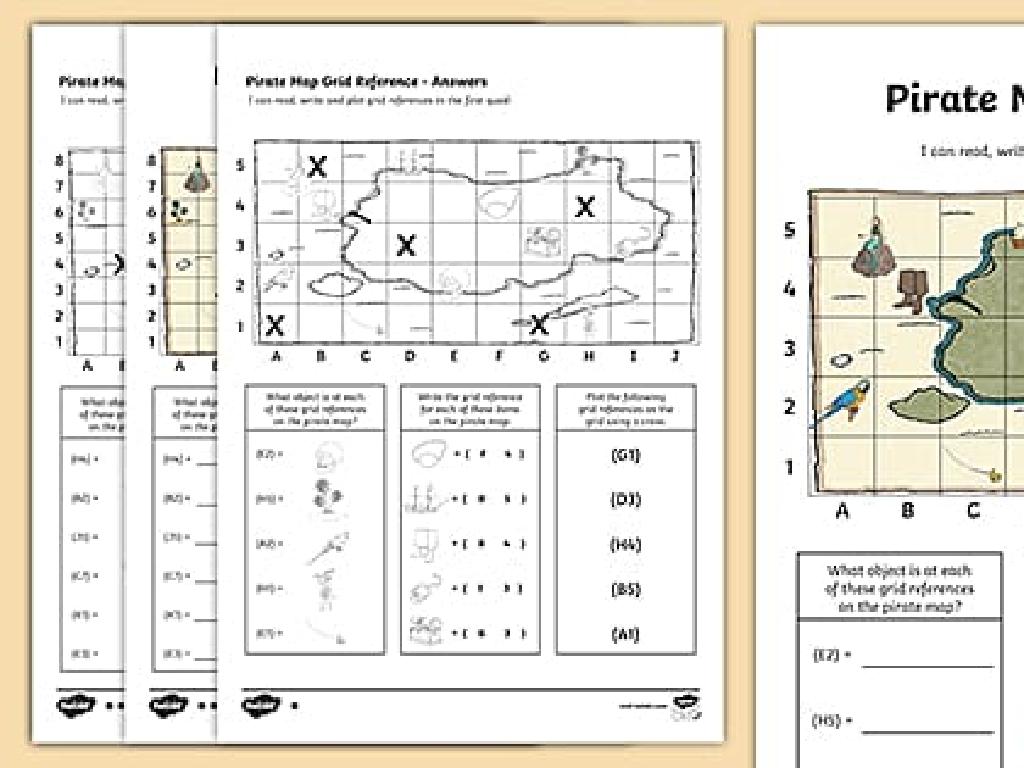Subtract With Cubes - Numbers Up To 10
Subject: Math
Grade: Pre-k
Topic: Subtraction Up To 10
Summary: Introduce Pre-K students to basic subtraction using cubes in this hands-on math presentation. Through interactive activities, storytelling, and real-life examples, children will learn to take away numbers up to 10 using visual aids like blocks. Engaging games and guided exercises help students count what remains after subtraction, reinforcing early math skills. This lesson builds number sense while making learning subtraction fun, tangible, and easy to understand for young learners.
Please LOG IN to download the presentation. Access is available to registered users only.
View More Content
Welcome to Subtraction with Cubes!
– Learn to take away with cubes
– Subtraction means taking some away
– If we have 5 blocks and take 2 away, we have 3 left.
– Practice with numbers up to 10
– We’ll use cubes to subtract numbers from 1 to 10.
– Fun activities to help us learn
– We might play a game or solve a puzzle!
|
This slide introduces the concept of subtraction to Pre-K students using a hands-on approach with cubes. Subtraction is explained as the process of taking away items from a group. The lesson will focus on numbers up to 10 to ensure that the concept is not too complex for the young learners. Engage the students with interactive activities such as games or puzzles that involve physically removing cubes to visualize the subtraction process. This tactile experience helps solidify the concept of ‘taking away’ in their minds. Encourage the students to count the remaining cubes after some are taken away to connect the activity with the subtraction result.
Understanding Subtraction with Cubes
– Subtraction means taking away
– Finding out how many are left
– Imagine 10 cookies, eating some
– If you had 10 and ate 2, you have 8 left
– How many cookies are left?
|
This slide introduces the concept of subtraction to Pre-K students using a relatable example of cookies. Subtraction is explained as the process of taking away from a total amount. To help students visualize, use physical cubes or counters to represent the cookies. Start with 10 cubes and remove some, asking the students to count how many are left. This concrete representation helps them grasp the concept of subtraction as they can see and touch the objects being subtracted. Encourage the students to think of other examples from their daily life where they take away items from a group and have fewer left. The goal is to make the concept of subtraction tangible and understandable for young learners.
Subtracting with Cubes: Let’s Learn Together!
– Cubes help us learn subtraction
– Start with 10 cubes, then take some away
– If you have 10 and remove 3, how many are left?
– Count the cubes left over
– After removing cubes, we count the remaining to find the answer
– Let’s solve a subtraction example!
– Example: 10 cubes – 3 cubes = ?
|
This slide introduces the concept of subtraction using a hands-on approach with cubes. It’s designed for Pre-K students to visualize the subtraction process. Start with 10 cubes, as it’s a manageable number for young learners, and then physically remove a few to show the subtraction process. Encourage the students to count the remaining cubes to find the answer. For the example, demonstrate with actual cubes: if you take 3 cubes away from a set of 10, count the remaining cubes together to find the answer, which is 7. This interactive method helps solidify the concept of ‘taking away’ in subtraction.
Let’s Subtract Together with Cubes!
– Start with 10 cubes
– Take 2 cubes away
– How many cubes left?
– After removing 2, we find the answer by counting.
– Count remaining cubes together
– Practice counting the cubes that remain to learn subtraction.
|
This slide is designed to introduce the concept of subtraction to Pre-K students using a hands-on approach with cubes. Start by showing the students a visual of 10 cubes. Then, physically remove 2 cubes while the students watch. Ask the students how many cubes are left to encourage them to think about the subtraction process. Count the remaining cubes together out loud, reinforcing the concept that subtraction means taking away. This interactive method helps students understand subtraction in a tangible way. For the activity, provide each student with 10 cubes and guide them through several examples of taking away different numbers of cubes and counting what’s left. This will solidify their understanding of subtraction up to 10.
Subtraction Story with Blocks
– Start with 10 blocks for a tower
– A friend borrows 3 blocks
– How many blocks left for the tower?
– Use the blocks to see subtraction in action
– Count the remaining blocks
– After giving away 3, count what’s left
|
This slide introduces the concept of subtraction to Pre-K students through a relatable story involving blocks. Begin by explaining that we have 10 blocks to build a tower. Then, a friend needs to borrow some of our blocks, which introduces the idea of ‘taking away’ a number from our total. Ask the students to visualize giving away 3 blocks to their friend. Then, have the students count the remaining blocks to find out how many are left. This hands-on activity helps them understand subtraction as ‘taking away’ and reinforces counting skills. Encourage the students to tell their own subtraction stories using different numbers of blocks up to 10. This will help them grasp the concept of subtraction in a fun and interactive way.
Practice Time: Subtracting with Cubes!
– Start with 10 cubes
– Take away some cubes
– Try taking away 2 or 3 cubes first
– Count the cubes left
– How many are left after subtracting?
– Repeat with different numbers
– Practice makes perfect!
|
This slide is designed for a hands-on activity where students will practice subtraction using physical cubes. Provide each student with 10 cubes and instruct them to remove a specific number of cubes, then count the remaining cubes. This concrete representation helps them visualize the subtraction process. Encourage them to try subtracting different numbers of cubes to see the varying results. As they work through the activity, walk around the classroom to offer guidance and ensure understanding. For students who grasp the concept quickly, challenge them with higher numbers to subtract. This activity not only teaches subtraction but also reinforces counting skills.
Class Activity: Cube Subtraction Fun!
– Start with 10 cubes each
– Listen for a number to remove
– Take away that many cubes
– Count the remaining cubes together
|
This interactive class activity is designed to help Pre-K students understand the concept of subtraction in a tangible and engaging way. Each student will start with 10 cubes. The teacher will call out a number, and the students will remove that number of cubes from their pile. Then, as a group, the class will count the remaining cubes. This hands-on approach not only makes learning subtraction fun but also reinforces counting skills and number recognition. For differentiation, some students can be challenged to remove cubes in two steps, while others can work on simply taking away and counting. Encourage students to visualize the subtraction process and understand that taking away reduces the number of items.
Review: Subtraction with Cubes
– Subtraction means taking away
– Cubes show subtraction visually
– Like removing blocks from a tower
– Learn how many are left
– If we start with 10 and take away 2, we have 8 left
– Practice with real examples
– Try subtracting 3 cubes from 5
|
This slide is a review of the subtraction concepts learned using cubes. Subtraction is explained as the process of taking away from a group, and cubes are used as a tangible method for children to visualize this process. By physically removing cubes, children can see the result and understand what it means to subtract and find out the remaining quantity. Encourage the students to use their cubes to practice subtracting different numbers up to 10 and to verbalize their thought process as they do so. This will help reinforce their understanding and ability to apply subtraction in various situations.
Goodbye and Great Job!
– Proud of your subtraction skills
– Subtraction means taking away
– If you have 5 cubes and take 2 away, you have 3 left.
– Practice makes perfect
– Keep practicing with your cubes at home!
– Excited for more math adventures
|
This slide is a positive reinforcement to celebrate the students’ accomplishment in learning subtraction with cubes. It’s important to end the lesson on a high note, making sure the students understand that subtraction is simply the process of taking some away from a larger group. Encourage them to continue practicing at home with their own set of cubes or similar counting objects. Let them know that you’re looking forward to seeing them in the next class and that you’re excited to explore more math concepts together. This will help to build their enthusiasm and confidence in their mathematical abilities.

